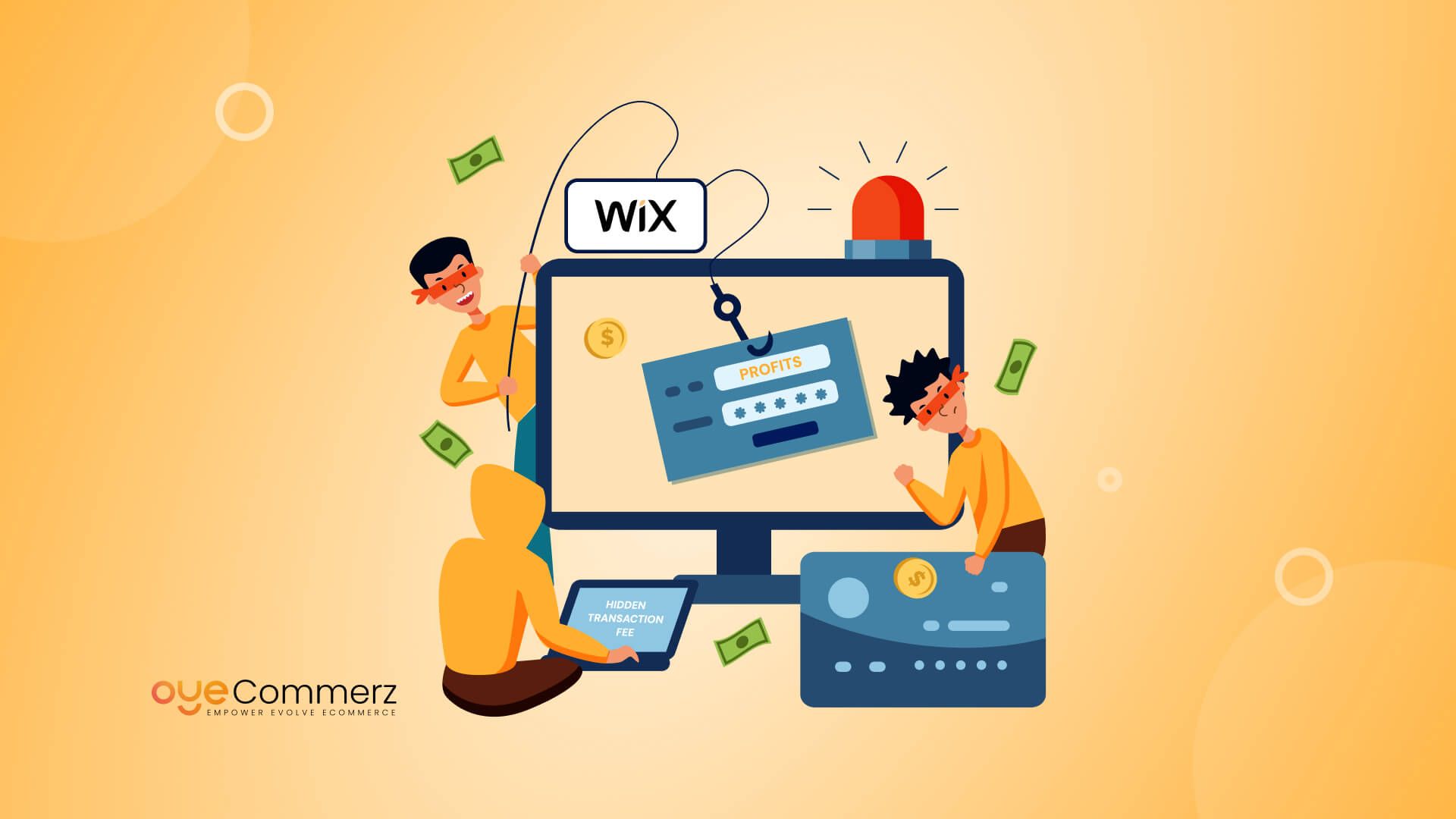In today's digital landscape, choosing the right e-commerce platform is crucial for business success. If you're currently utilizing Wix but thinking about a move to Shopify, you are in good company. Many companies are transitioning to Shopify to leverage its robust features, scalability, and specialized e-commerce tools. This article will walk you through the transition process, ensuring a seamless move and setting you up for e-commerce achievement.
Why Switch from Wix to Shopify?
Before exploring the transition process, it's essential to understand why Shopify might be a better choice for your e-commerce requirements:
- Specialization: In contrast to Wix, which caters to multiple use cases, Shopify is designed specifically for e-commerce, providing advanced tools and functionalities tailored for digital commerce.
- Growth Potential: As your company grows, Shopify can seamlessly accommodate increased traffic and sales volume without sacrificing efficiency.
- Wide-ranging App Ecosystem: Shopify provides a vast library of apps that can enhance your store's capabilities, from advertising solutions to inventory management solutions.
- Search Engine Optimization: Shopify offers superior SEO options, which can help boosting your store’s visibility on search engines.
- Transaction Methods: With multiple payment gateways supported, including Shopify Payments, you can provide shoppers a variety of options.
Getting Ready for Migration
To ensure a smooth transition from Wix to Shopify, adhere to these preparatory guidelines:
1. Backup Your Data
Download all your data from Wix, including product details, customer information, and transaction logs. This step is crucial as it guarantees you have a copy of all data before initiating the transfer.
2. Choose Your Shopify Plan
Evaluate the various Shopify subscriptions offered Shopify for growing brand and select one that aligns with your company’s requirements. Consider factors such as costs, features included, and growth potential.
3. Create Your Shopify Profile
Register your Shopify account and explore the platform’s dashboard and tools.
The Transition Process
Now that you're ready, it’s time to transfer your store from Wix to Shopify. Here’s how:
1. Transfer Items
Utilize Shopify's integrated migration utility or third-party migration apps like Cart2Cart or LitExtension to transfer your products from Wix to Shopify.
Ensure that item details, images, prices, and options are accurately transferred.
2. Transfer Customer Data
Import customer information such as user names and contact info into your new Shopify store. This process is critical for maintaining customer relationships and marketing efforts.
3. Configure Transactions
Set up transaction methods in your Shopify store to guarantee seamless transactions. You can select from various platforms like credit cards, PayPal, and others.
4. Customize Your Store Design
Select a theme that reflects your business image. Customize it using Shopify's design tools to create an attractive and intuitive shopping experience.
5. Search Engine Optimization
Implement SEO strategies during the migration process:
- Set up 301 redirects from old Wix URLs to new Shopify URLs.
- Optimize product titles, details, and images with relevant keywords.
- Update meta tags and alt texts for better search engine visibility.
After Migration Steps
Once your store is live on Shopify, consider these follow-up steps:
1. Check Your Website
Conduct thorough testing of your new store:
- Verify product pages for correctness.
- Test payment processes.
- Ensure all links work correctly.
2. Promote Your Store
Broadcast your new store launch through newsletters and social platforms.
Consider running promotions or discounts to attract customers.
3. Track Your Progress
Leverage analytics tools within Shopify to track revenue growth and customer behavior.
Adjust your strategies based on performance analytics.
Conclusion
Search engine rankingMigrating from Wix to Shopify can substantially improve your e-commerce capabilities and lay the foundation for growth and success. By adhering to this manual and taking a step-by-step approach to the migration process, you can guarantee a seamless transition that reduces downtime and boosts opportunities for revenue. Embrace the change and see your online business thrive on its new platform!
